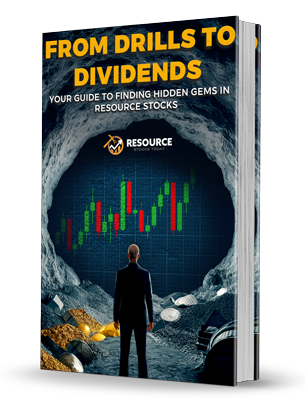TMC Shares Surge on High-Grade Alloy Production
In a notable development within the commodities and resource stocks sector, shares of The Metals Company (Nasdaq: TMC) jumped 15% on Wednesday following the announcement of successful high-grade nickel-copper-cobalt alloy and manganese silicate production during a smelting campaign conducted in Japan. This encouraging news comes as part of a broader 18-month feasibility program aimed at processing a significant 2,000-tonne sample of deep-seafloor polymetallic nodules at the partner PAMCO’s Rotary Kiln Electric-Arc Furnace facility located in Hachinohe.
Production Milestone Achieved
The test is a pivotal step in TMC’s journey toward commercial viability. After initiating the commercial-scale production of calcine in September 2024, PAMCO operators executed a 14-day continuous smelting campaign earlier this year. During this campaign, they utilized approximately 450 tonnes of calcine, resulting in the production of high-grade nickel-copper-cobalt alloy and manganese silicate.
According to Dr. Jeffrey Donald, TMC’s head of onshore development, “Successfully converting nodules into high-grade nickel-copper-cobalt alloy and manganese silicate at PAMCO’s existing facility is a major milestone, eliminating the need to build new infrastructure from scratch.” This achievement significantly reduces the capital expenditures that would be needed for large-scale operations while also expediting the overall timeline for bringing these resources to market.
Strategic Alliances and Future Plans
In November 2023, TMC signed a Memorandum of Understanding with PAMCO to facilitate a feasibility study aimed at processing 1.3 million tonnes of wet polymetallic nodules annually. This processing will yield high-grade alloy and manganese silicate, essential feedstock for energy infrastructure and the steel production market.
The global transition toward greener energy infrastructure, combined with rising demand for electric vehicles, underscores the growing importance of these metals. Nickel, cobalt, and manganese play a critical role in battery production and other energy applications, making TMC’s advancements particularly relevant in today’s climate.
Political and Market Context
TMC shares have shown an upward trajectory since the beginning of the year, partly fueled by increasing optimism surrounding the U.S. government’s support for deep-sea mining initiatives under the Trump administration. In December, the House of Representatives passed its annual defense funding bill, which included a provision that directs the Secretary of Defense to explore the feasibility of processing deep-sea minerals within the U.S. This legislative environment creates a conducive backdrop for companies like TMC, poised to capitalize on untapped resources beneath the ocean floor.
Industry experts have noted that political support for ocean mining is aligning, with key figures in the Trump administration, including Secretary of State Marco Rubio, publicly backing the initiative. Duncan Wood, president and CEO of the California-based Pacific Council, remarked in an interview with The Wall Street Journal that if the U.S. is to engage in deep-sea mining, “the political stars are more aligned than ever.”
Untapped Resources and Environmental Considerations
The ocean floor is believed to harbor vast reserves of critical metals, including nickel, manganese, and cobalt, valued conservatively between $8 trillion and $16 trillion. However, the mining of these resources is not without its challenges. Scientists have expressed concerns regarding the unknown environmental impacts of deep-sea mining on ecosystems that are already strained by pollution, trawling, and climate change.
TMC, in collaboration with the Republic of Nauru, is poised to submit its first application to mine the seafloor on June 27, in anticipation of the International Seabed Authority’s subsequent meeting in July. This United Nations body plays a crucial role in establishing the regulatory landscape for deep-sea mining, with a meeting scheduled for March to discuss pertinent rules and regulations.
Conclusion
The recent surge in TMC’s share price is indicative of broader trends within the commodities market, especially in the context of the burgeoning electric vehicle and renewable energy sectors. The successful production of high-grade alloys not only marks a significant technological achievement but also positions TMC favorably within a rapidly evolving industry landscape. However, investors should remain vigilant, considering both the potential and the risks associated with environmental regulations and market fluctuations as this sector continues to develop.















